Level 4
Science knowledge helps people to understand the effects of their actions
- Free Plan
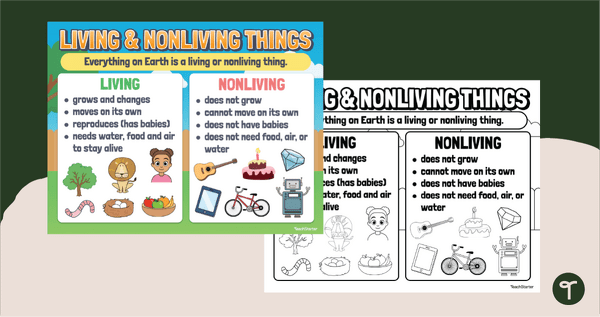
Living and Non-Living Things Poster
Highlight the differences between living and non-living things with an illustrative Living vs. Nonliving Things Anchor Chart
- Plus Plan
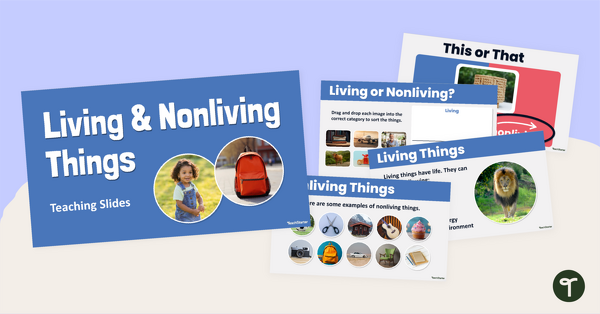
Living and Non-Living Things Teaching Slides
Discover living and nonliving things with an engaging Living vs. Nonliving things teaching slide deck.
- Plus Plan
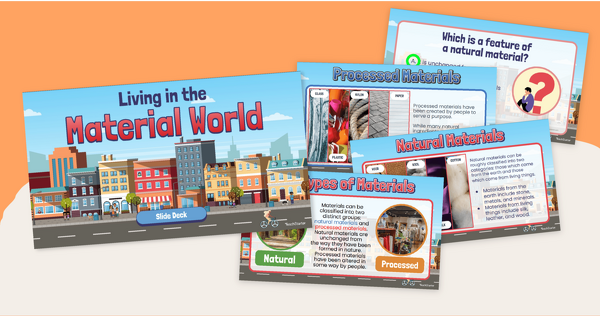
Material World PowerPoint - Processed and Natural Materials
Discover the difference between processed and natural materials with an instructional slide show.
- Plus Plan
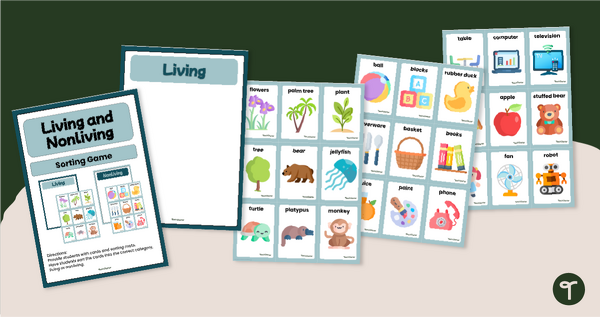
Living & Non-Living Things - Picture Sort
Sort biotic vs. abiotic things and discuss their characteristics with a hands-on living vs. nonliving picture sort.
- Plus Plan
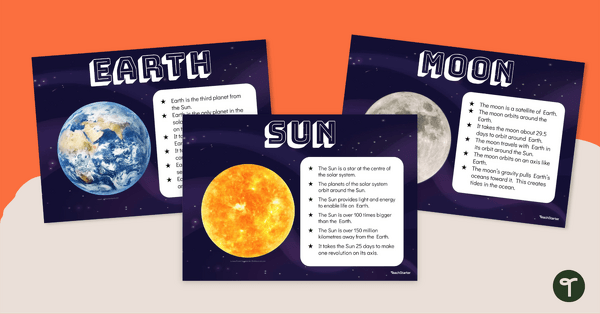
Earth, Sun and Moon – Poster Pack
Display these posters with information about the Earth, Sun and moon in your science classroom.
- Plus Plan
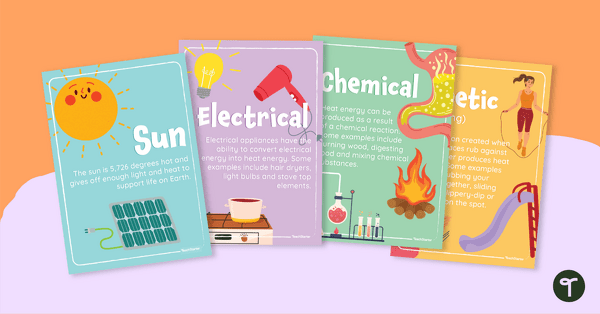
Heat Sources Poster Set
Display these heat sources posters during your heat energy science unit.
- Plus Plan
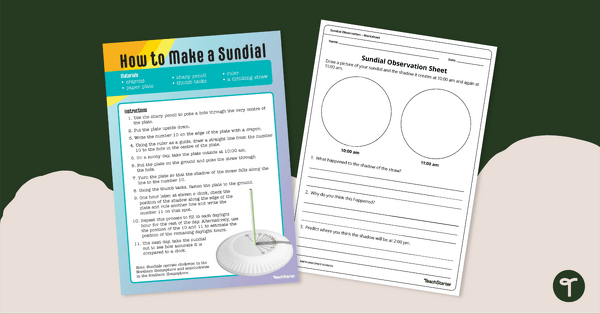
How to Make a Sundial
Print this sundial science worksheet, and follow the instructions to make a sundial with your students when exploring concepts of time.
- Plus Plan
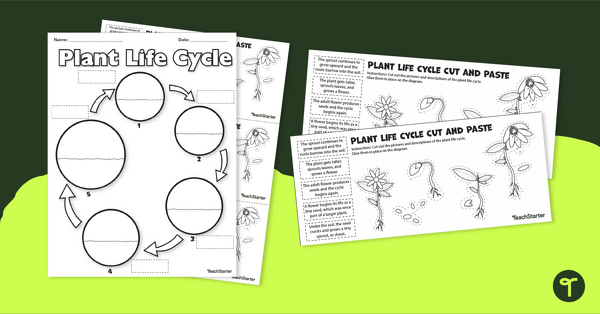
Plant Life Cycle Worksheet - Cut and Paste
Help your students cement their understanding of the plant life cycle with a cut and paste worksheet.
- Free Plan
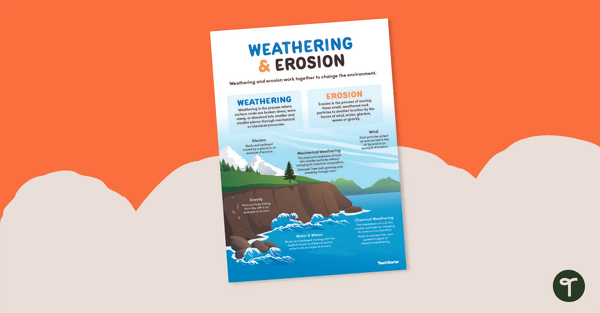
Weathering and Erosion Poster
Learn how weathering and erosion can cause slow changes to Earth’s surface with this printable poster.
- Plus Plan
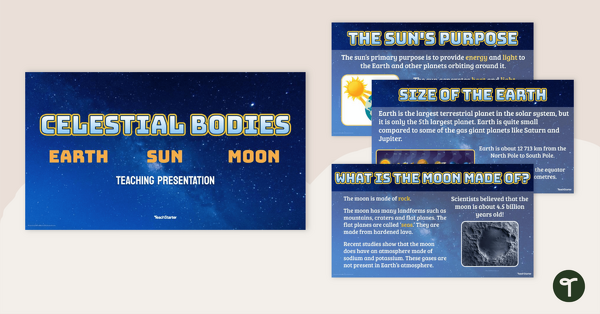
Celestial Bodies – Earth, Sun and Moon – Teaching Presentation
Learn information about the Earth, sun and moon while comparing the physical characteristics of each with this 22-slide teaching presentation.
- Plus Plan
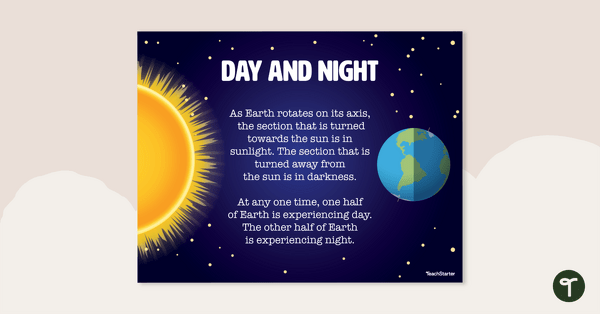
Day and Night Cycle Poster
Display information about Earth’s day and night cycle with this colourful science poster.
- Plus Plan
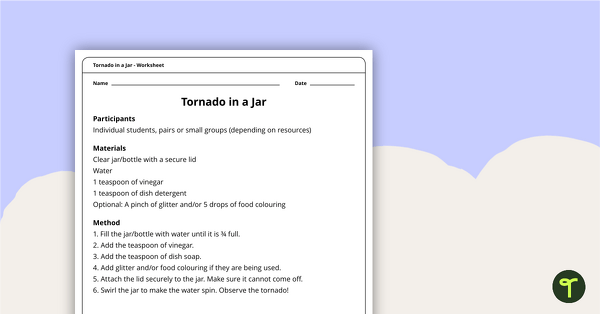
Tornado in a Jar Worksheet
A science activity that demonstrates some properties and effects of motion.
- Plus Plan
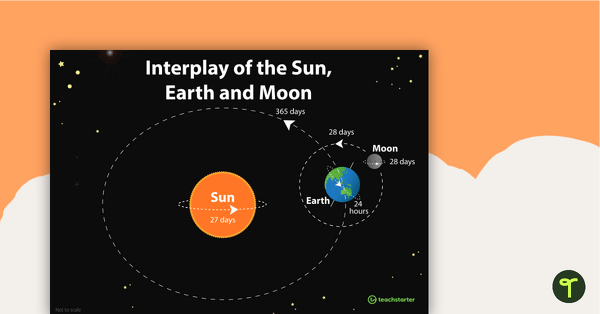
Interplay of the Sun, Earth and Moon Poster
A poster showing the interplay of the Sun, Earth and Moon.
- Free Plan
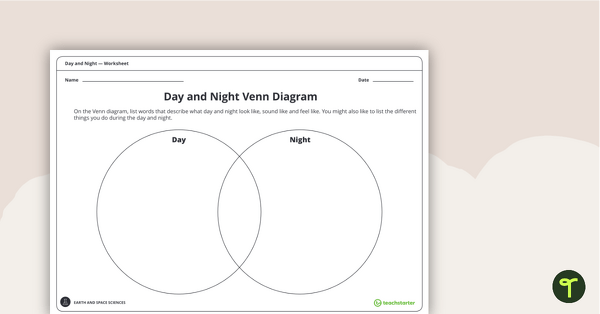
Day and Night Venn Diagram
Brainstorm the similarities and differences between day and night using this Venn Diagram worksheet with your students.
- Free Plan
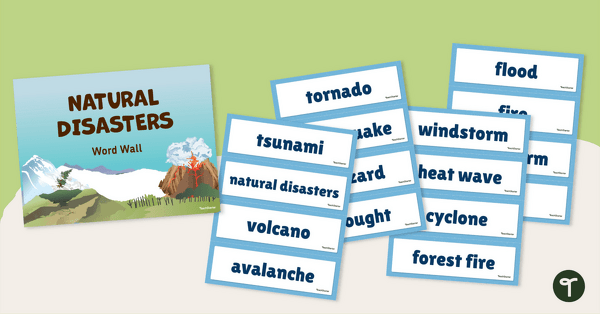
Natural Disaster Word Wall Vocabulary
Use this teacher-created resource to explore natural disaster vocabulary with your primary school students.
- Plus Plan
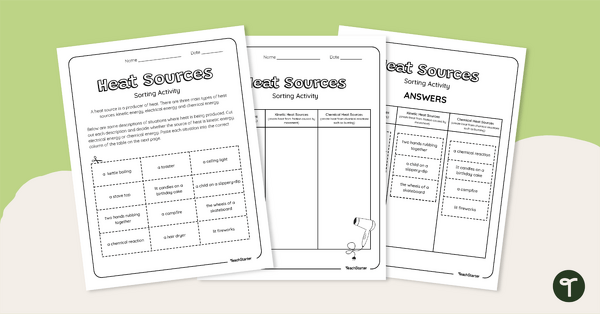
Heat Sources Cut-and-Paste Worksheet
Explore different types of heat sources with your students using this cut-and-paste worksheet.
- Plus Plan
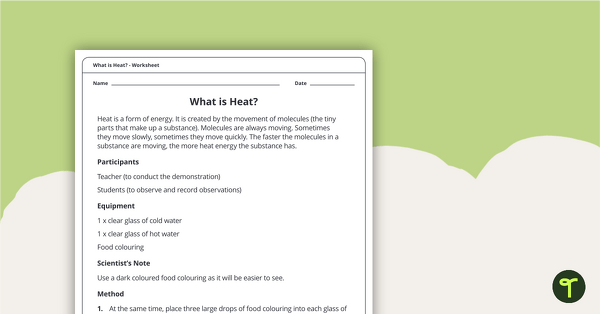
What is Heat? Worksheet
A worksheet to help students understand heat energy.
- Free Plan
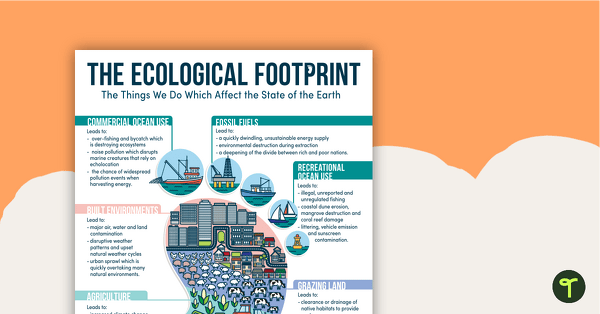
My Ecological Footprint - Reference Sheet
Teach your students about the things we do that affect the Earth with an ecological footprint reference sheet.
- Plus Plan
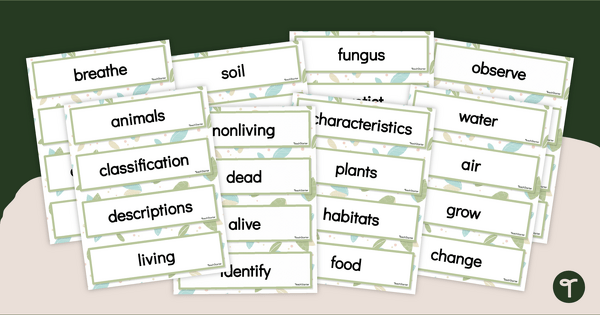
Living and Non-Living Things - Word Wall Vocabulary
Discover the world of living and nonliving things, starting with a printable vocabulary word wall.
- Plus Plan
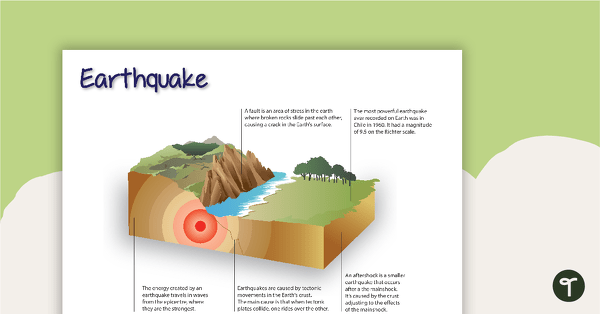
Natural Disaster Posters - Information
Posters with pictures and information for eight different types of natural disasters.
- Free Plan
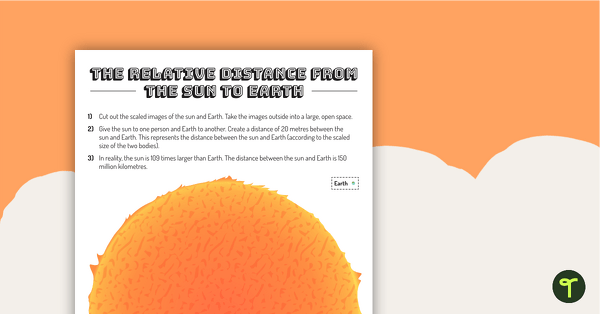
The Relative Distance From the Sun to Earth
Scaled images of the sun and Earth to use when exploring relative size and distance.
- Plus Plan
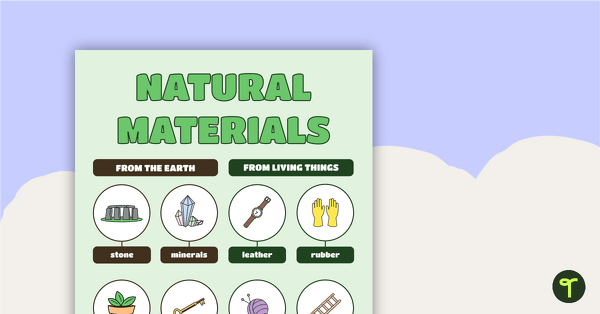
Natural Materials Poster
A poster displaying different natural materials and explaining what natural materials are.
- Plus Plan
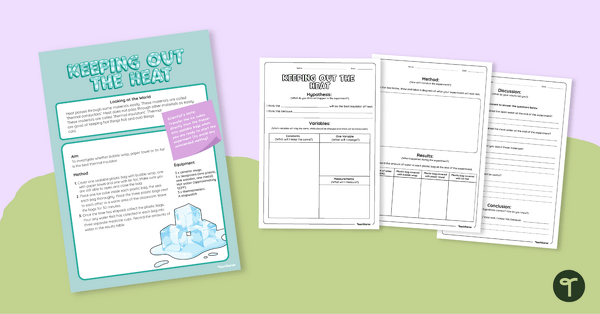
Heat Insulators Science Experiment (Keeping Out the Heat)
Investigate heat insulators with your students using this engaging science experiment.
- Plus Plan
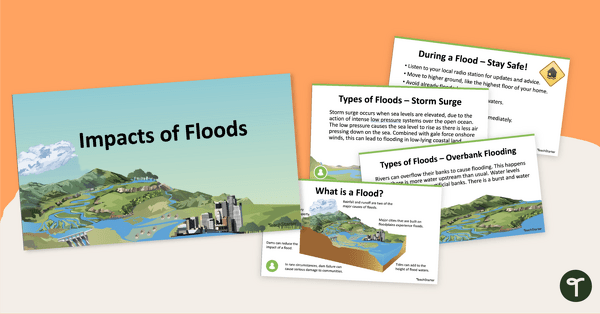
Impacts of Floods PowerPoint
A 17-slide editable PowerPoint template about floods and their impact on communities.
- Plus Plan
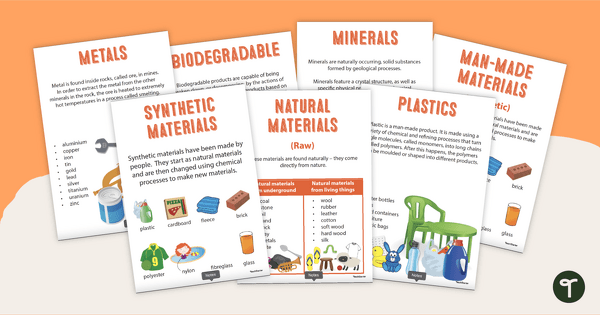
Types of Materials - Printable Anchor Charts
Introduce your students to the different types of materials with a pack of printable anchor charts.
- Plus Plan
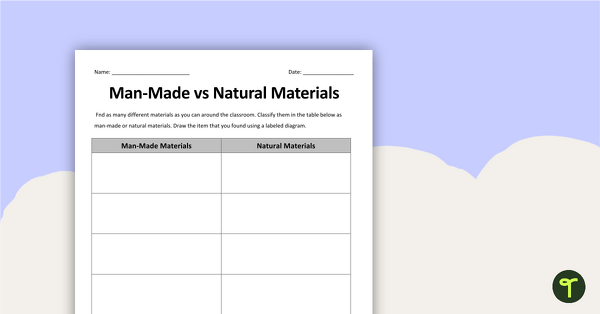
Man-Made vs Natural Materials Worksheet
Identify man-made and natural materials in the classroom with a gallery walk organiser.
- Plus Plan
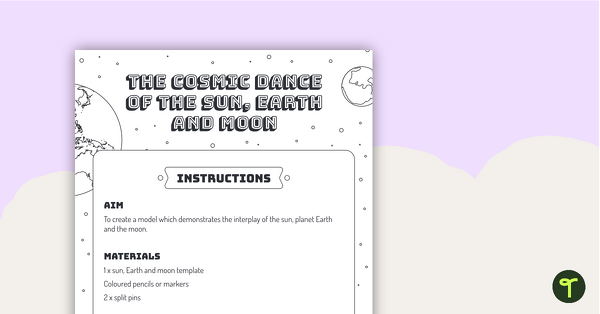
Movement of the Sun, Earth and Moon Model
Demonstrate the interplay and movements of the sun, Earth and moon with this hands-on model.
- Plus Plan
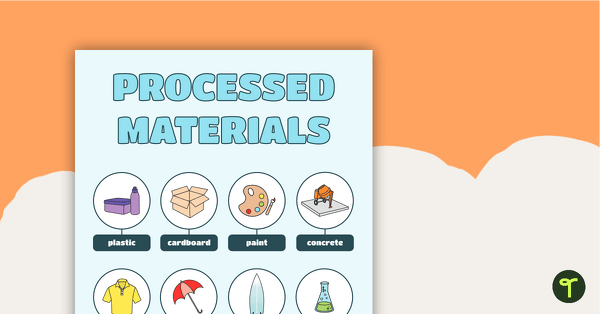
Processed Materials Poster
A poster displaying different processed materials and explaining what processed materials are.
- Plus Plan
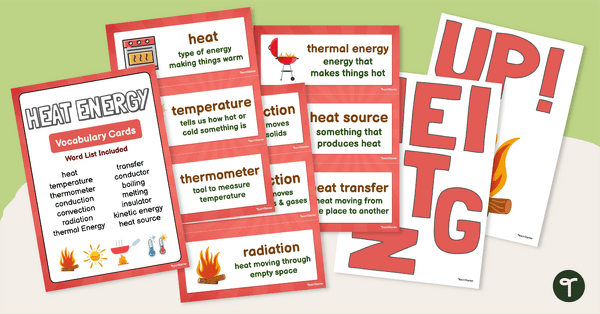
Year 3 Heat Energy Vocabulary Cards
Explore heat energy vocabulary with this set of thermal energy vocabulary cards.
- Plus Plan
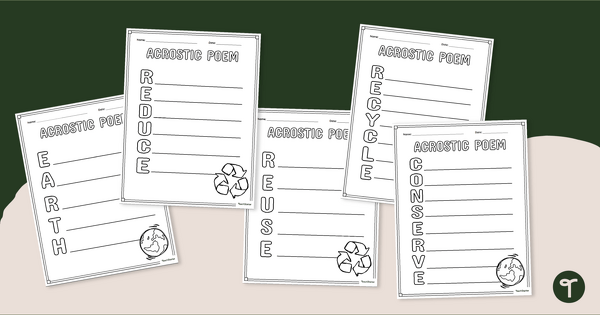
Earth Day - Acrostic Poem Template Pack
An acrostic poem template to use in the classroom to celebrate Earth Day and National Poetry Month.
- Plus Plan
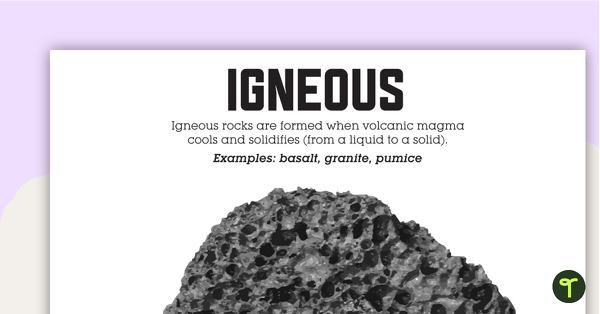
Types of Rocks Posters
A set of educational posters with information about types of rock.
- Free Plan
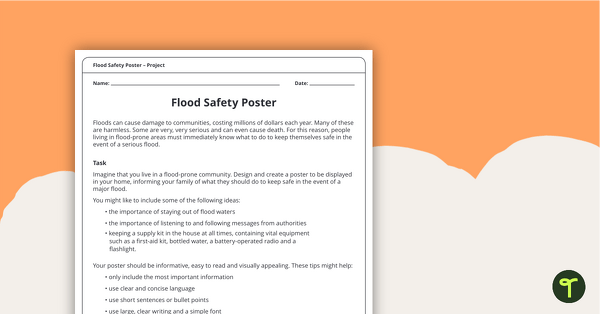
Flood Safety Poster - Design and Create Task
A design and create task for students to demonstrate their understanding of the impact of floods.